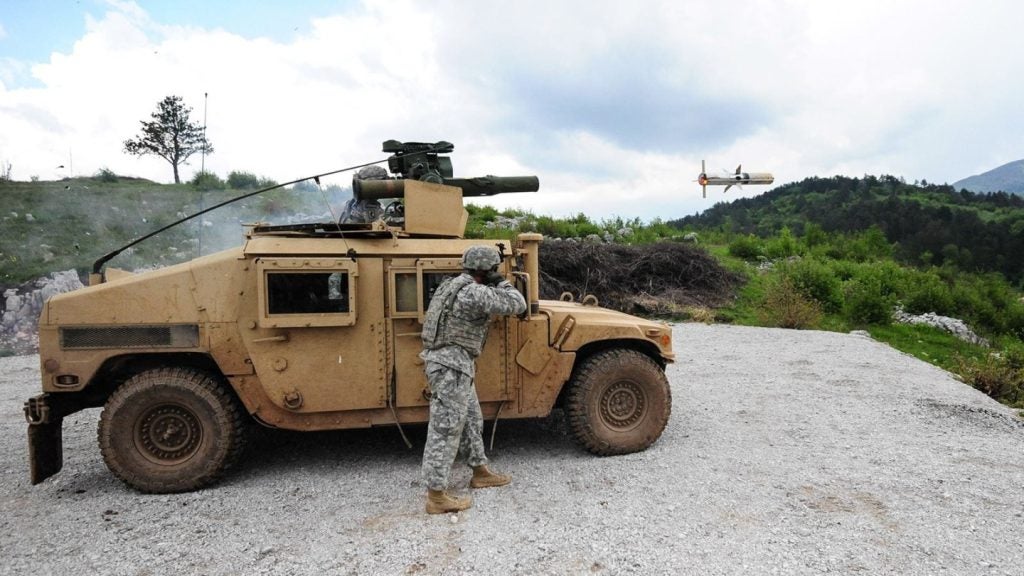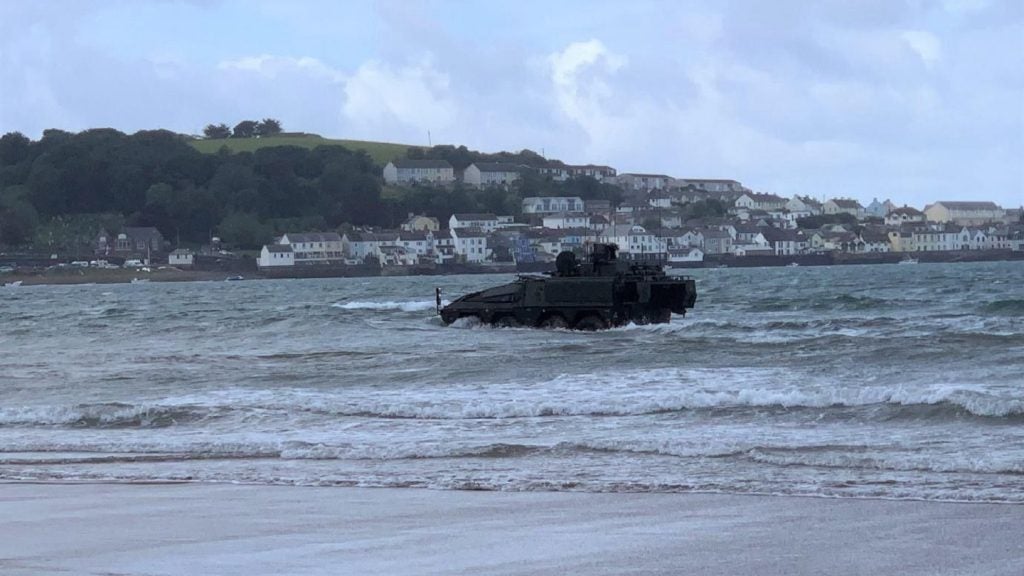The US Advanced Research Projects Agency (DARPA) has contracted Leidos (LDOS) for Phase II of the Shared Spectrum Access for Radar and Communications (SSPARC) programme.
The $14m contract has an 11-month base period, and comes with an 11-month option.
Leidos will validate physical radar and communications systems by conducting laboratory testing and a field demonstration.
After a successful demonstration, the algorithms developed will enable increased radio frequency spectrum availability for both radar and communications systems.
Leidos Group president John Fratamico said: "We look forward to providing DARPA with real-time radio frequency management expertise to assist with the expansion of spectrum-sharing between radar, military radios, and commercial wireless systems."
Work under the contract will be carried out primarily in Arlington, Virginia, US.
How well do you really know your competitors?
Access the most comprehensive Company Profiles on the market, powered by GlobalData. Save hours of research. Gain competitive edge.

Thank you!
Your download email will arrive shortly
Not ready to buy yet? Download a free sample
We are confident about the unique quality of our Company Profiles. However, we want you to make the most beneficial decision for your business, so we offer a free sample that you can download by submitting the below form
By GlobalDataThe SSPARC programme seeks to improve radar and communications capabilities through spectrum-sharing.
This project aims to develop new sharing technology that enables sufficient spectrum access within a desirable range below 6GHz.
The programme aims to support spectrum-sharing between military radars and both military and commercial communications systems.
Phase I involved the development of two interference mitigation mechanisms, coordinated frequency hopping, and main beam avoidance to allow shorter minimum stand-off distances.







